Superstitions are like the quirky traditions of our world, passed down through generations with a sprinkle of mystery and a dash of belief. These superstitions can influence various aspects of our lives, from our everyday choices to the rituals we perform during significant events. In this exploration of the top superstitions, we’ll delve into some of the most common and intriguing beliefs held by people around the globe.
Walking Under a Ladder
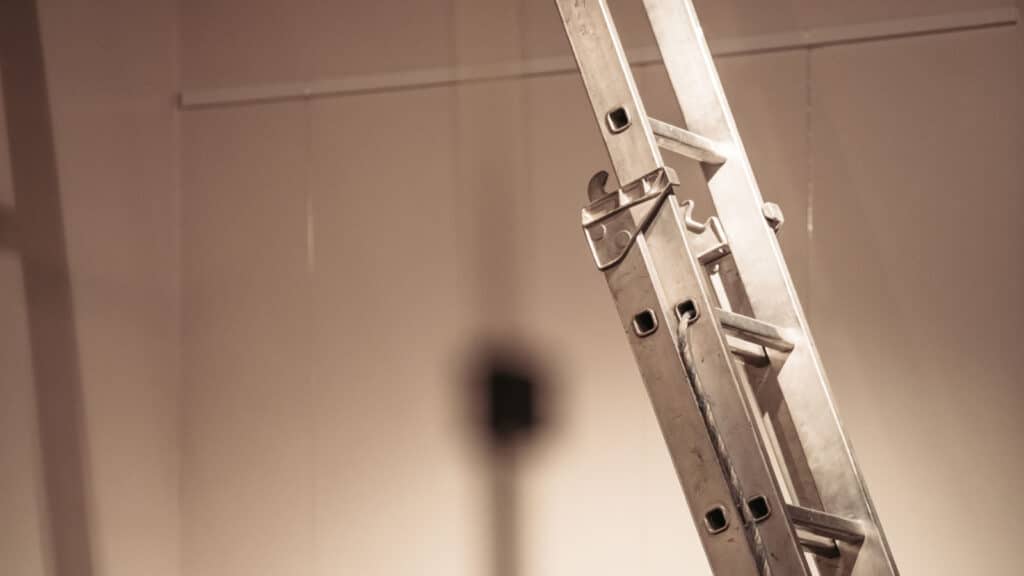
Walking under a ladder is considered unlucky in many cultures. This superstition likely originated from the belief that triangles were sacred symbols representing the Holy Trinity in Christianity. Ladders leaning against walls formed a triangular shape, and passing beneath them was seen as disrespectful to the divine.
Breaking a Mirror
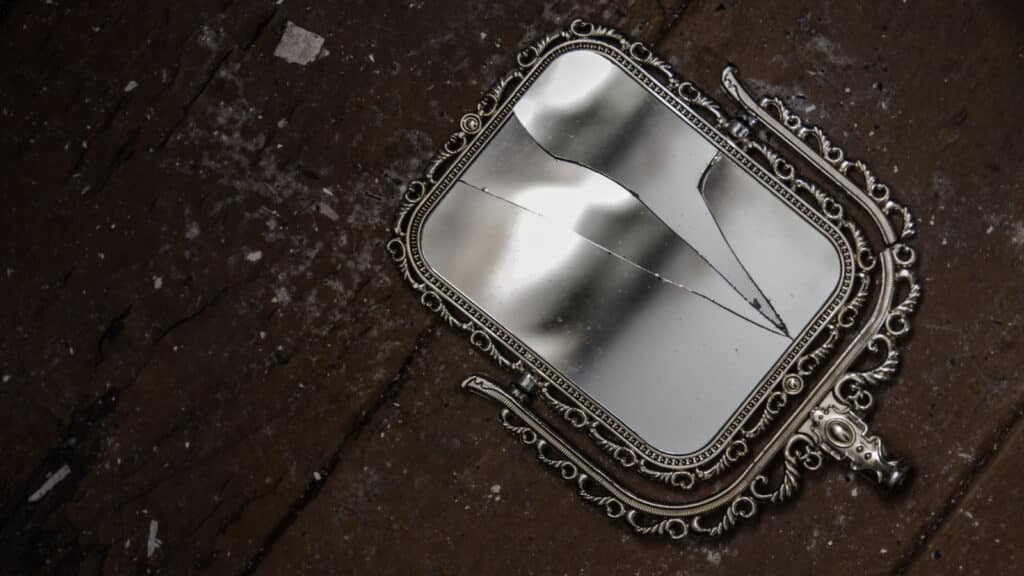
The belief that breaking a mirror brings seven years of bad luck is tied to ancient Roman and Greek cultures. Mirrors were thought to reflect one’s soul, and damaging a mirror was seen as harming one’s soul. The seven years of misfortune could be seen as a way to emphasize the gravity of this act.
Black Cats

Black cats have been associated with superstitions for centuries. In some cultures, they were believed to be witches’ families; in others, they were considered omens of bad luck, possibly due to their nocturnal behavior. Conversely, some cultures saw black cats as symbols of protection and good luck.
Friday the 13th

The fear of Friday the 13th, known as paraskevidekatriaphobia, is a superstition with several possible origins. In Christian tradition, Friday is seen as an unlucky day because it is believed to be the day of Christ’s crucifixion. The number 13 is also considered unlucky in many cultures, leading to the fear of this particular date.
Knocking on Wood
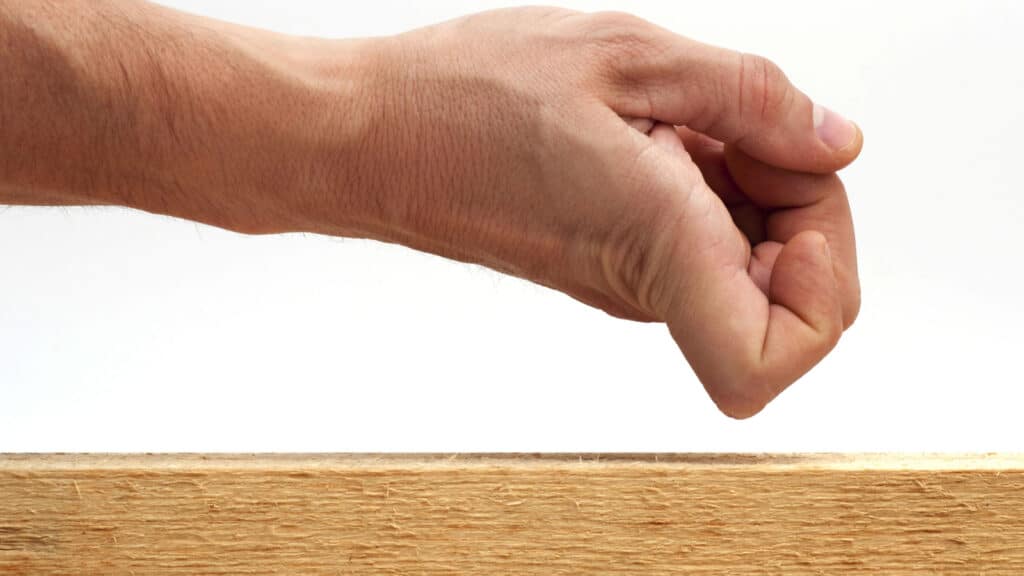
This superstition likely originates from pagan beliefs that spirits resided in trees. By knocking on wood, people sought to gain favor with these spirits and prevent bad luck. Over time, it became a common practice to ward off misfortune.
Opening an Umbrella Indoors

This superstition may have evolved from practicality, as opening an umbrella indoors could lead to accidents and damage. However, it was also associated with bad luck because it was believed to insult the spirits that protected the home.
Spilling Salt

Salt has been valuable throughout history, and spilling it was seen as wasteful and, therefore, unlucky. To counteract this misfortune, people would throw a pinch of salt over their left shoulder, which was believed to be where evil spirits lurked.
Walking on Cracks

Avoiding sidewalk cracks is often linked to childhood rhymes like “step on a crack, break your mother’s back.” It’s a playful superstition rooted in folklore rather than deep cultural beliefs.
Seeing a Horseshoe
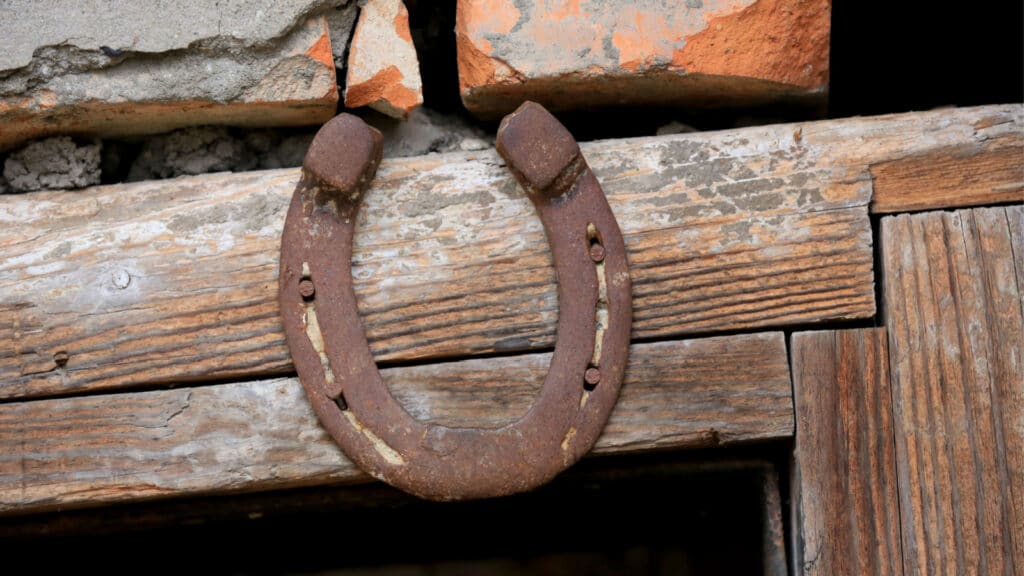
Horseshoes are traditionally made of iron, which was believed to have protective qualities against evil spirits. Hanging a horseshoe over the doorway was thought to keep negativity at bay and bring good luck.
Wishing Upon a Star

Wishing on a shooting star is a tradition rooted in hope and the magic of the night sky. It’s a way for people to express their desires and dreams.
Crossing Fingers

Crossing one’s fingers is a gesture of hope and optimism, often used when making a wish or hoping for a positive outcome. It symbolizes a desire for good fortune.
Rabbit’s Foot
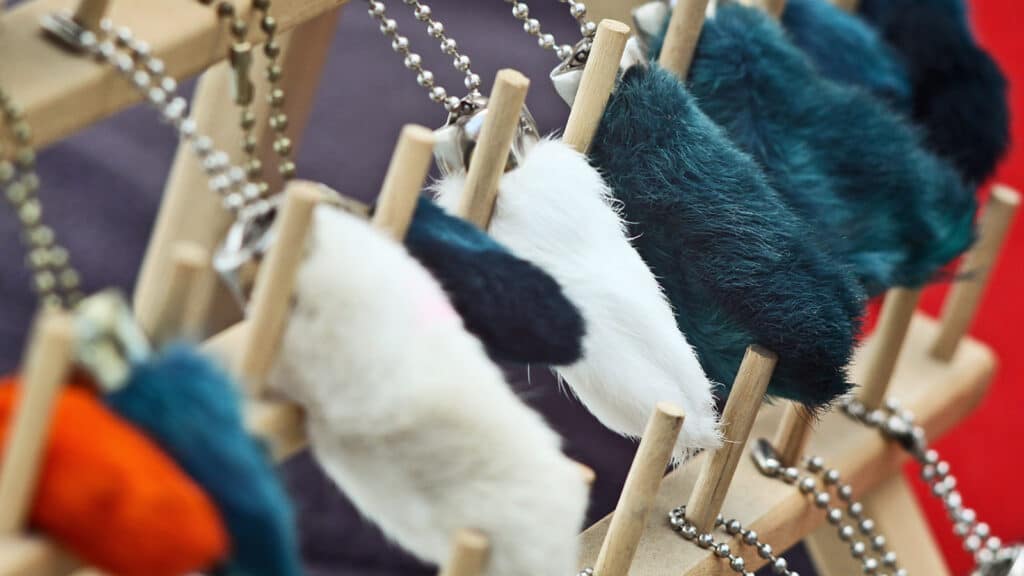
Carrying a rabbit’s foot as a charm is thought to bring good luck because rabbits are known for their fertility and abundance. The left hind foot is considered the luckiest.
Four-Leaf Clover
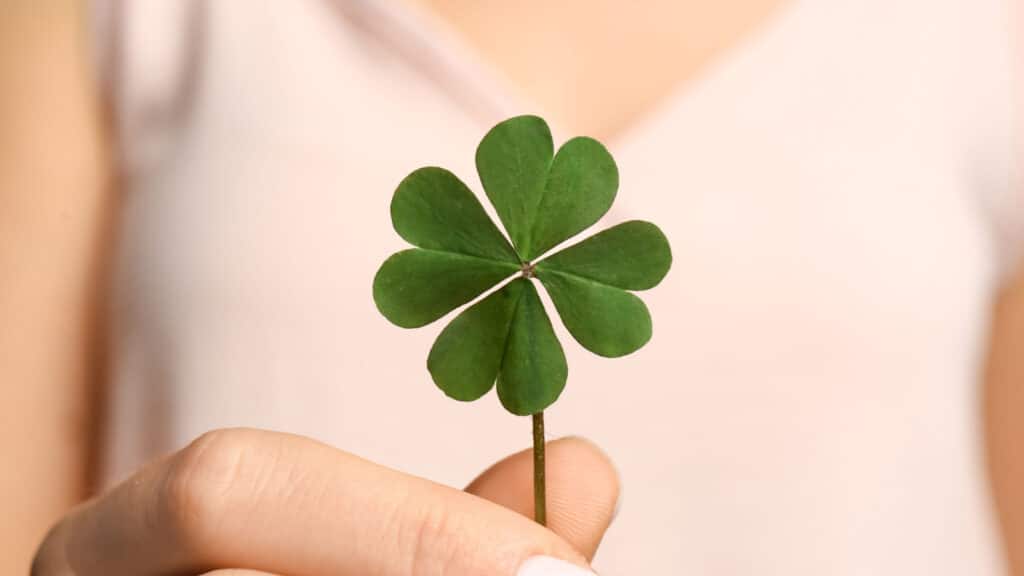
Finding a four-leaf clover is considered lucky because they are rare, with each leaf symbolizing a different kind of luck: hope, faith, love, and luck itself.
Avoiding the Number 13
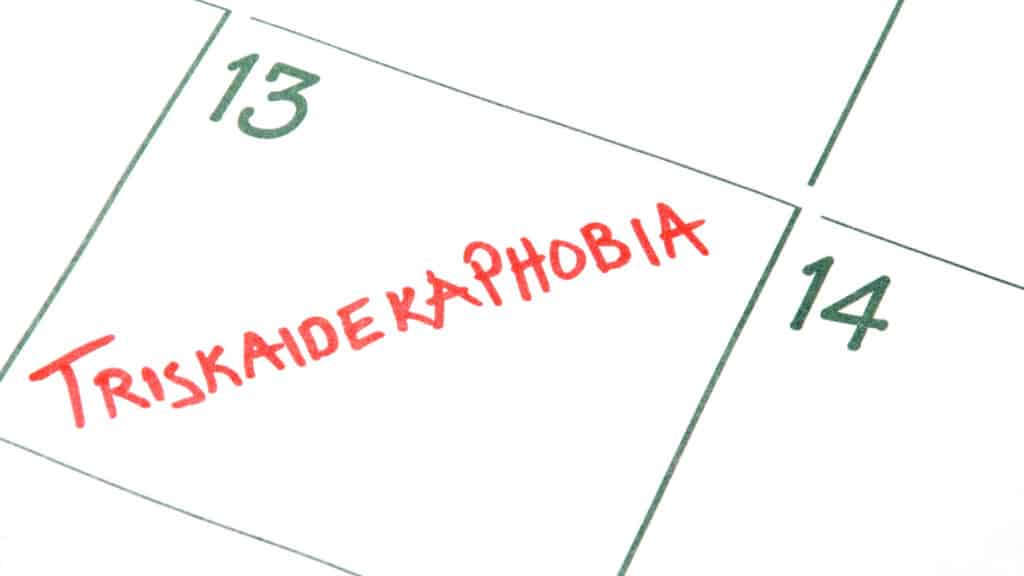
Fear of the number 13, known as triskaidekaphobia, has various origins. Some believe it’s linked to the Last Supper, where Judas, the betrayer, was the 13th guest. Others associate it with ancient numerology and superstitions surrounding the number’s perceived negativity.
Tossing Coins Into a Fountain or Well

Throwing coins into a fountain or well is a way of making a wish. This tradition likely evolved from ancient practices of offering valuable objects to water spirits as a gesture of respect and hope for blessings.
Breaking a Wishbone
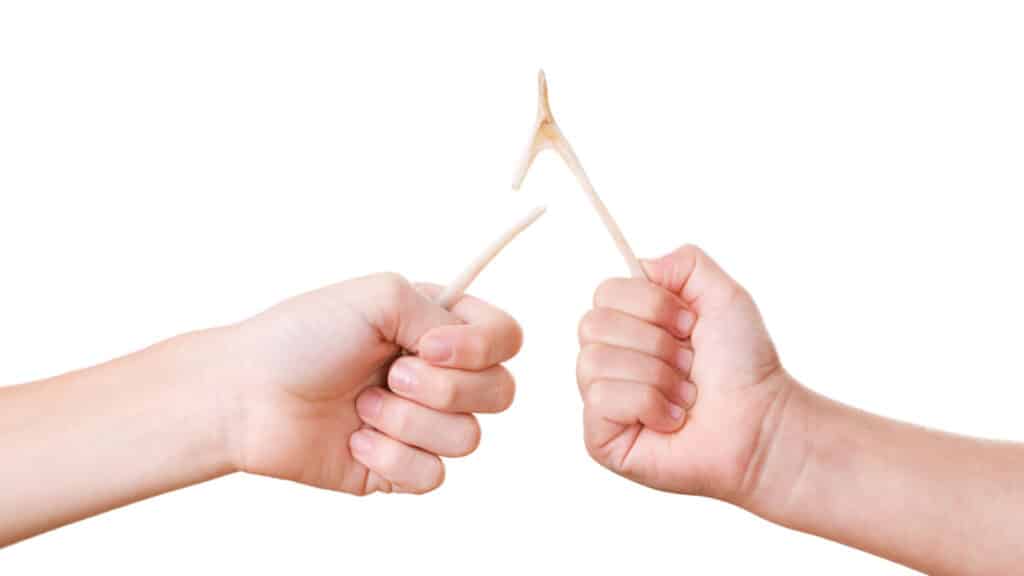
Breaking the wishbone of a cooked bird is a playful superstition. It’s believed to date back to ancient Europe, where it was thought that birds had special powers. The person with the larger piece of the wishbone gets their wish granted.
Carrying a Lucky Charm
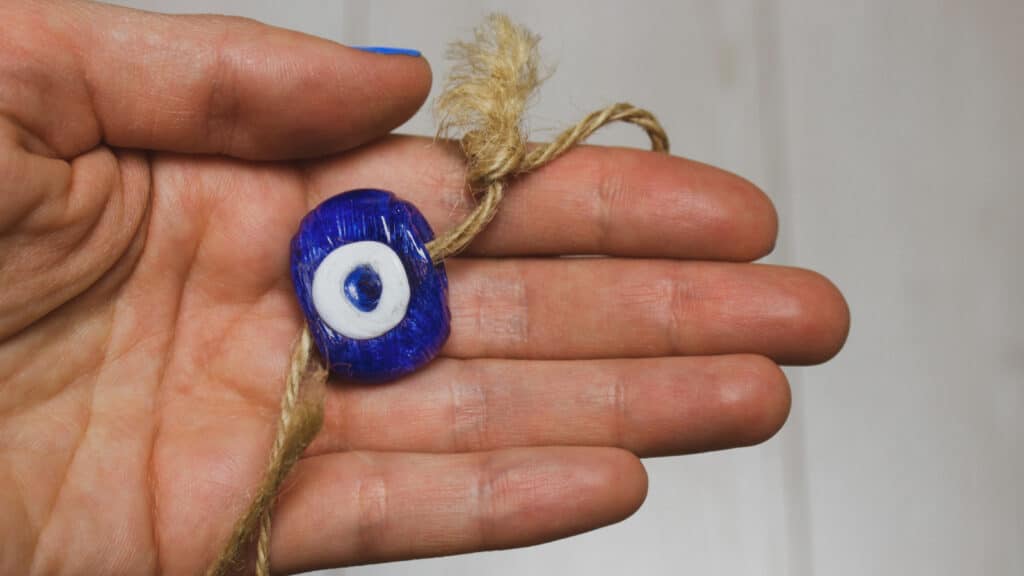
Lucky charms are personal objects believed to bring good fortune. They provide comfort and reassurance in uncertain situations and can serve as a reminder of positive beliefs and intentions.
666
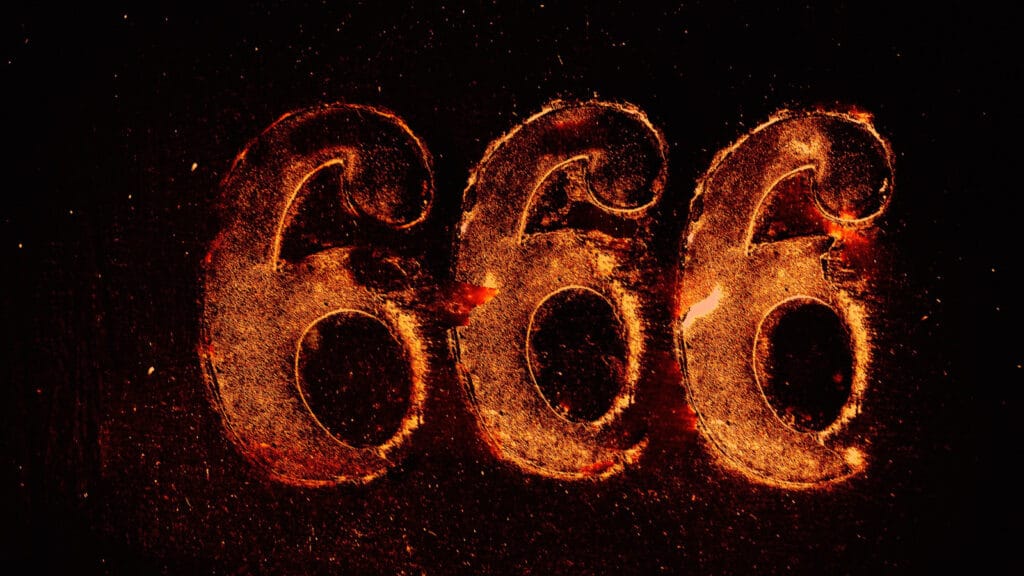
The superstition surrounding the number 666 is known as “hexakosioihexekontahexaphobia.” This belief revolves around the idea that 666 is an ominous or evil number, often associated with the Devil or negative events. It’s rooted in Christian tradition, where it’s considered the “Number of the Beast” mentioned in the Book of Revelation in the Bible. Many people fear this number and may go to great lengths to avoid it, such as changing addresses, license plates, or phone numbers that contain 666.
Seeing a Penny and Picking It Up

The saying “Find a penny, pick it up, and all day long, you’ll have good luck” is a simple superstition associated with finding tiny treasures in everyday life. Picking up a lost coin is seen as a small stroke of luck.
11:11
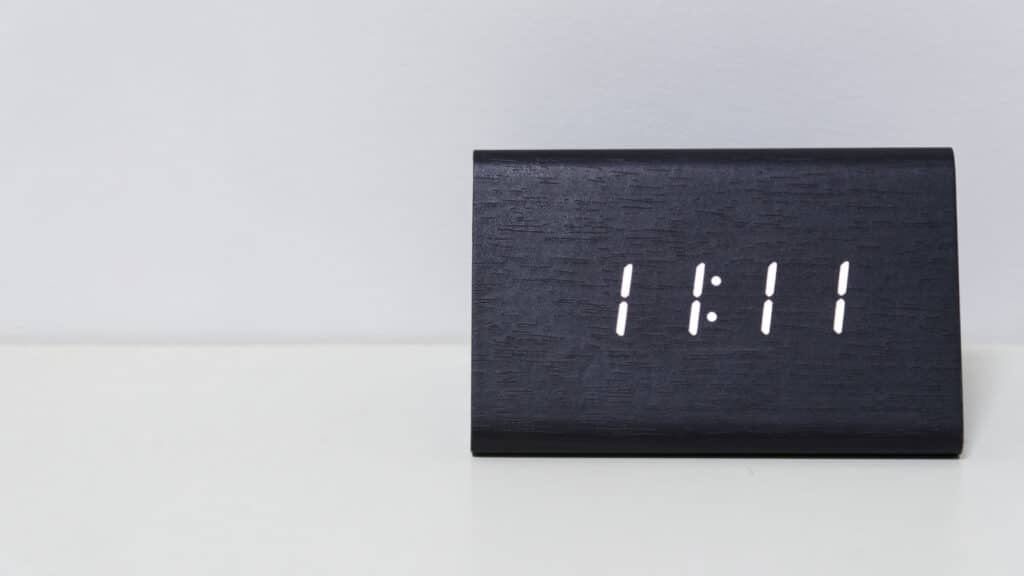
The superstition surrounding 11:11 is often seen as an auspicious or magical moment. Some believe that when they glance at the clock and see 11:11, it’s a sign of good luck or a signal from the universe. People may make wishes or set positive intentions when they notice this time, believing it can bring their desires to fruition. It’s considered a moment of alignment or synchronicity in one’s life.
Horror Movies Which Are Sadly Based on a True Story

We’ve all huddled under our blankets, watching terrifying horror movies, reassuring ourselves it’s just fiction. But what if we told you that true events actually inspired some of the most hair-raising and mind-bending films?
Horror Movies Which Are Sadly Based on a True Story
13 Famous Figures Who Are Still Missing to This Day

These famous figures’ mysterious disappearances have left us with more questions than answers. These puzzling vanishing acts have a way of captivating our imaginations, making us wonder what happened to these figures.
13 Famous Figures Who Are Still Missing to This Day
Disturbing Documentaries That Will Stay With You

Ever had that eerie feeling of being so captivated by a documentary that you can’t shake it off? While some films offer popcorn fun, others take us on a wild rollercoaster ride into the unexpected corners of reality. From jaw-dropping revelations to “Did they just show that?” moments, these documentaries promise more twists and turns than a thriller. Here we explore documentaries that are not just buzz-worthy but unforgettable.
Disturbing Documentaries That Will Stay With You

